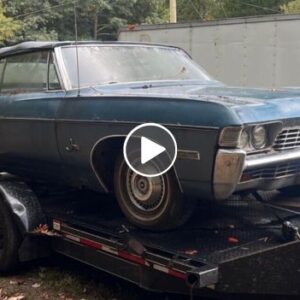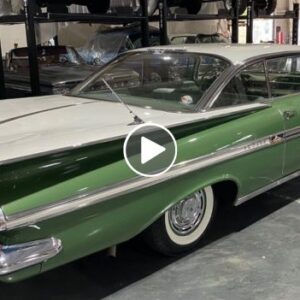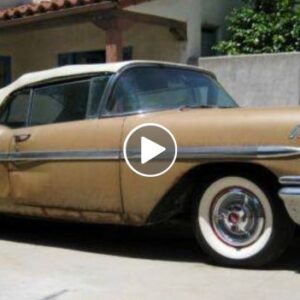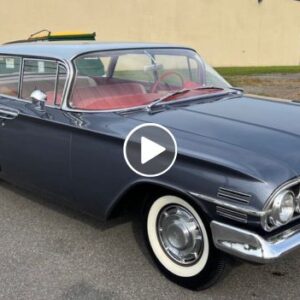
This time on Roadkill’s Junkyard Gold, Steve Magnante is exploring a Mopar-only junkyard in rural New Hampshire. He’s there to answer one question: Which came first, the Bird or the Bee? We aren’t talking high school biology here—Steve is exploring the differences between the Plymouth Road Runner and the Dodge Super Bee. Together, the two models helped to cement Mopar’s reputation for building the best muscle cars of the 1960s.

Plymouth Road Runner Background
The Plymouth Road Runner first debuted in September 1967 as a 1968 model and was an instant hit. Executives at Plymouth expected sell 10,000 units but were astounded when nearly 45,000 units were sold by the end of that first model year, with 1969 models selling over 82,000 units! Steve credits the success to the low starting price of under $3,000. Your equivalent competitors from GM and Ford—the SS Chevelle, Pontiac GTO, Fairlane 390 and such—were in the $3,300 to $4,000 range. No joke, a high school senior with a good job could afford one of these, brand new! Couple that with Chrysler’s licensing of Warner Brother’s cartoon character of the same name and these cars were a huge hit among the teenagers of late 1960s. Along with the awesome 383 base engine making 335 hp, Plymouth offered all the best parts as standard on Road Runners: 11-inch brakes, 5-leaf heavy-duty spring pack, 4-speed manual transmissions, and Sure-Grip differentials (Chrysler’s term for limited slip). It’s no wonder the Road Runner was MotorTrend‘s 1969 Car of the Year.
Dodge Super Bee: The Premium Offering
Dodge was a bit later to the game with the Super Bee, scrambling to get it to market halfway through 1968 after seeing what an immediate success the Road Runner was. The Super Bee came standard with many of the same goodies as the Road Runner but at a $100 premium—more than $700 in today’s money. Historically, Dodge was always marketed as the more premium brand, with Plymouths being the cheapest cars available from Chrysler and there were a couple key differences between the two models. Road Runners came standard with the Belvedere dashboard with 120-mph speedometer and idiot lights, while Super Bees had the Charger’s Rallye dashboard with 150-mph speedo and individual gauges. The most important difference between the two cars, however, was the Super Bee having a 1-inch-longer wheelbase at 117 inches. This is a carryover from the 1930s when wheelbase length determined the price point of a car.
Which Came First??
The first generation of both cars ran from 1968-1970 with similar body styles. The Road Runner carried on through the crash of the muscle car era with the second-gen lasting until 1975 and third-gen cars being a premium option on the Plymouth Volare from 1976-1980. The Super Bee met its demise in its second generation as a one-year-only model in 1971, when it switched from the Dart platform to the Charger platform. Or did it? If you go south of the border, the Super Bee lived in Mexico until 1975.
So, there it is—the bird came first. The cars Steve found in this rural junkyard might have been throwaways as little as 10 years ago, but the pool of available restoration candidates is getting smaller every day. While they might have been two of the most popular muscle cars of the era, that’s ancient history and finding a Plymouth Road Runner or Dodge Super Bee in a junkyard today is a huge deal. Keep your eyes open for that junkyard gold and, as Steve likes to say, “Hasta Magnante!”








